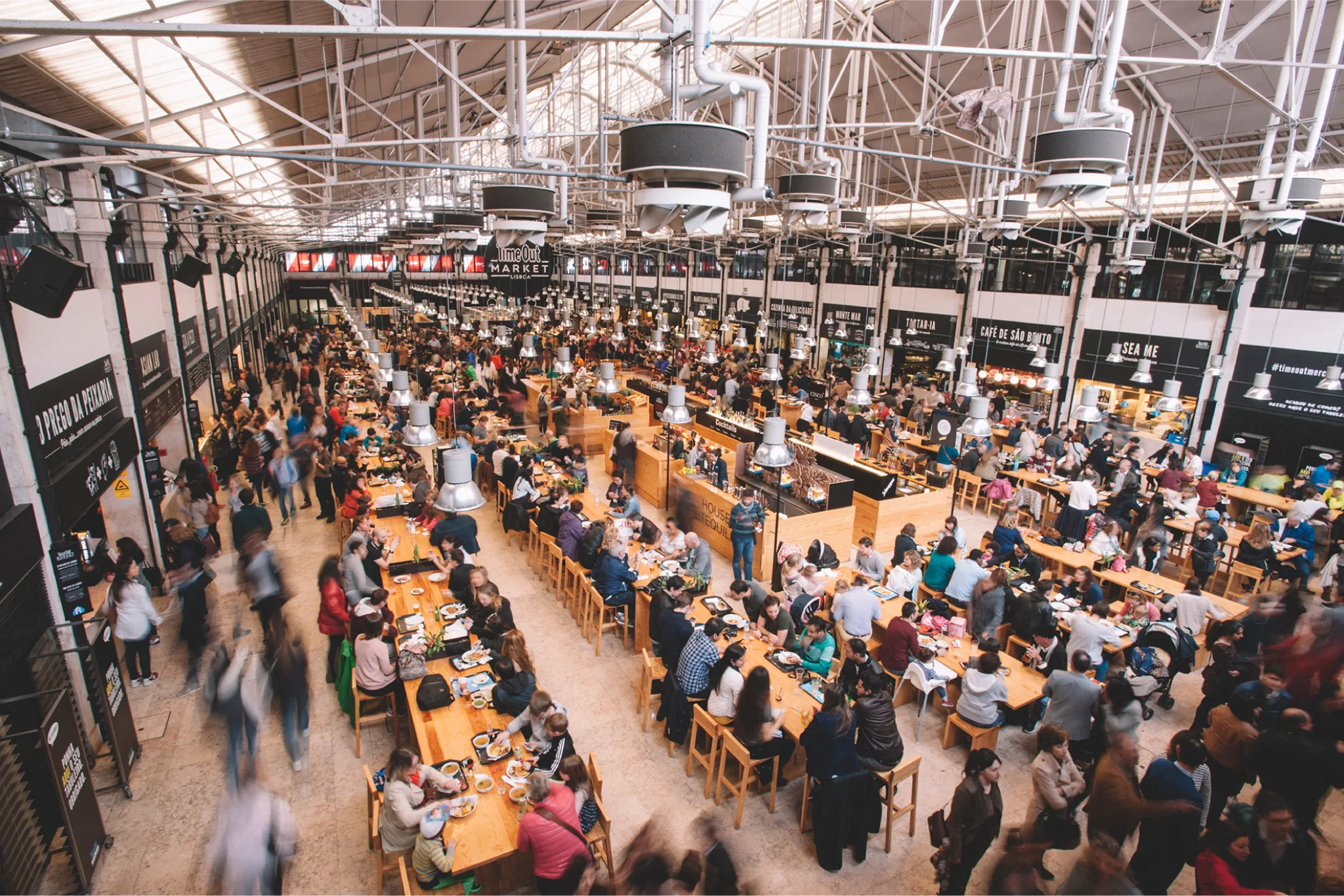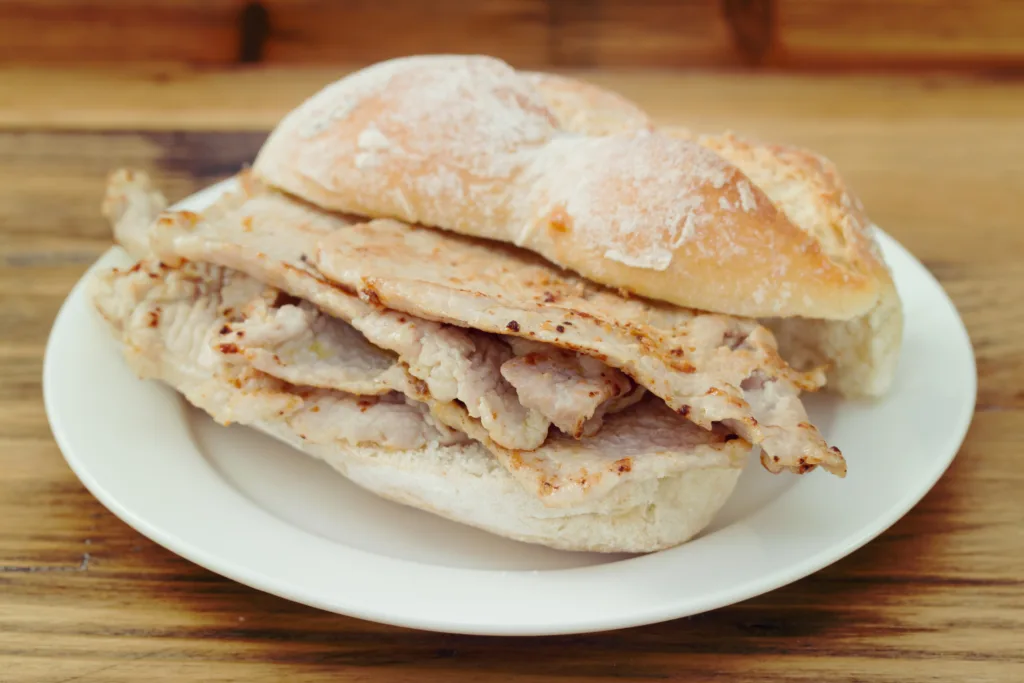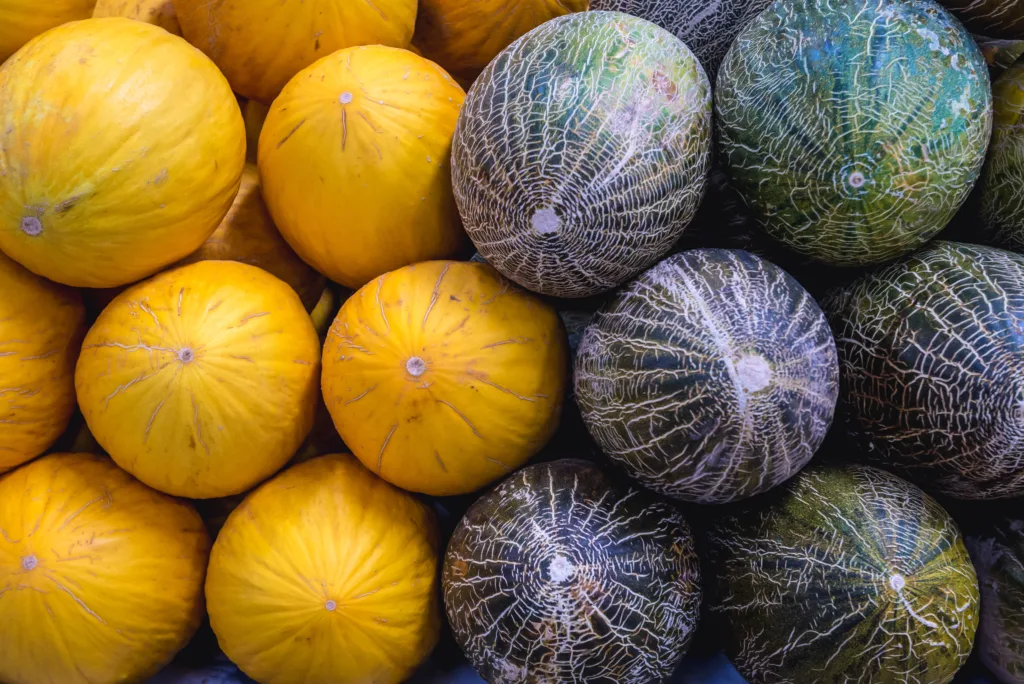
THE PORTUGUESE TABLE: A PRIMER
Hey, do you like seafood? See food.
That old child lunchroom joke probably wouldn’t go too far in Portugal. The joke would die at the setup. To not like seafood is unthinkable. It’s woven into the national heritage and identity.
You will have no trouble finding fish, mollusks and cephalopods on menus. If your family actively avoids seafood, that’s OK too. As they say, there’s plenty of (metaphorical) fish in the sea. And, we’re here to help you navigate those Portuguese food scene waters.
At the Restaurant
As a rule, meal periods are at later times than you might be used to. We’re not talking Spanish late, just later. Breakfasts are small and include coffee, orange juice (they have machines squeezing fresh oranges almost everywhere, I’ve even seen them in gas stations(!)), pastries, cereal and/or yogurt. Lunch time doesn’t begin until 1:00 pm, so if you don’t have reservations you’ll want to arrive early. On weekends lunches skew later in the day and larger in format. For dinner time, If you think of 7:00 pm as the equivalent of 5:00 pm in the United States, you’ll get a sense of what earlybird, normal and late dinner times are.
Restaurants are generally welcoming of kids. As a rule of thumb, the more old school a restaurant is, the less attentive service will be. But, even the most hurried, gruff server will make time to smile or connect with your child. It’s customary for restaurants to place bread, olives, or some other snack on the table before you order. This is called the couvert and you will be charged for it unless you wave the server off with a firm, “não obrigado.” Don’t worry, you won’t hurt their feelings, it’s obligatory. Another rule of thumb, the more old school a restaurant is, the harder it is to get tap water.
Per usual in Europe you have to ask for, “a conta” or you’ll be sitting there all night long! Tipping is discretionary with 10% being on the high end.

Go Fish
Cod is the most ubiquitous fish on tables in Portugal. Depending on who you ask there are either 1 or 1,000 different ways to prepare bacalhau. And, it’s a fascinating cultural phenomenon considering cod are from the North Atlantic.
Rumors spread across medieval European ports about a fish that was so plentiful that one could essentially scoop them out of the water with a bucket. Portugal’s curiosity was piqued. Expeditions were sent to the North Atlantic. Lo and behold they returned with lots of cod. Once salt cured, cod could travel long distances, and it became the protein that fueled an expanding empire. The Portuguese gradually shifted their attention from fishing it themselves to trading the English for it. That changed, however, under the Salazar dictatorship which used cod fishing as a symbol of strengthening Portuguese nationalism. Nowadays, the Portuguese don’t care as much about who fishes it (mostly Norway), as long as it is still on their tables.
All this to say, respect the cod tradition, but there are usually much more exciting, fresher fish on menus. Remember, bacalhau is salt cured, so it has to be carefully rehydrated and washed of excess salt. Too much can go wrong in the process. Meanwhile, those same menus tend to feature freshly caught tuna, salmon, grouper, dorado or sardines. Beware, however, that Portuguese restaurants (or their purveyors) aren’t big on deboning fish. If you order fish for your children, you will want to inspect the fish first for skin and pin bones.
If you order a whole grilled fish (which we highly encourage you to do) there’s an art to eating it. Gently pull back the scaly skin with the tip of a spoon. Eat the meat to gradually reveal the spine and rows of bones. Grab the fish tail and pull it toward the fish head. Voila! This should free all the remaining meat below.

Things Between Bread
Portugal has a strong bread culture. And, where there’s bread, there’s somebody putting something inside of it and calling it a sandwich. Sandwiches are the one thing you’ll see Portuguese eating on the go, while walking around, in the park and waiting at bus stops.
Bifana: It could be argued that this is as important to the Portuguese as bacalhau. The format is slices of simmered pork between two slices of bread. Acceptable condiments are spicy piri-piri or mustard. Our kids eat plain bifanas and that’s perfectly fine too. You will find bifanas at most traditional restaurants and cafes.
Prego: After a big seafood meal it is customary to have a steak sandwich for dessert. It’s one of those traditions you don’t question, just comply. Pregos are simple, little hand-sized sandwiches with a touch of butter or garlicky mayo. The prego can also be ordered as a primary lunch or dinner item for your child. Order a side of fries and you’re set.
Cachorro: This is the word for ‘hot dog’ in European Portuguese. Incidentally, it’s the word for the animal ‘dog’ in Brazilian Portuguese. Cachorro is often alongside the prego on menus for an end of seafood meal capper. In cafes and in the baking section of grocery stores, you’ll find hot dogs baked in a puff pastry. These are perfect handheld child MREs.
Misto: This is the most basic of sandwiches: ham and cheese. The variations come in which bread you elect to have this sandwich on (butter is also optional). A favorite variation is pão de deus misto. It’s one of those things that sounds like an odd pairing but just works. It’s a ham and cheese sandwich on a brioche roll with a coconut/sugar/milk topping. Sweet with a hint of savory.

The Glories of Fruit
It wasn’t until the mid 1700s that the seafaring community knew citrus fruit could ward off scurvy. Maybe that’s when Portugal committed itself to loving fruit. Or, maybe it’s just the temperate climate. Maybe fruit is just better when it doesn’t have to travel too far. Whatever the reason, as a visitor to Portugal, you will have access to lots of quality fruit for your family.
Grocery stores and markets certainly have nice arrays of fruit. And, you’ll randomly notice orange and lemon trees around town. But, the highest concentration of fruit can be found at the fruitaria, as almost every block has one. These little convenience stores carefully display their produce with special attention given to what’s in season. Peak peaches and nectarines are otherworldly. Figs, cherries and apples pop with flavor when ripe. A delightful, unexpected fun fact is that Portugal grows lots of melon and pineapple, available year round. The one fruit to be wary of is grapes, as they usually have seeds in them, unpleasant to the uninitiated.